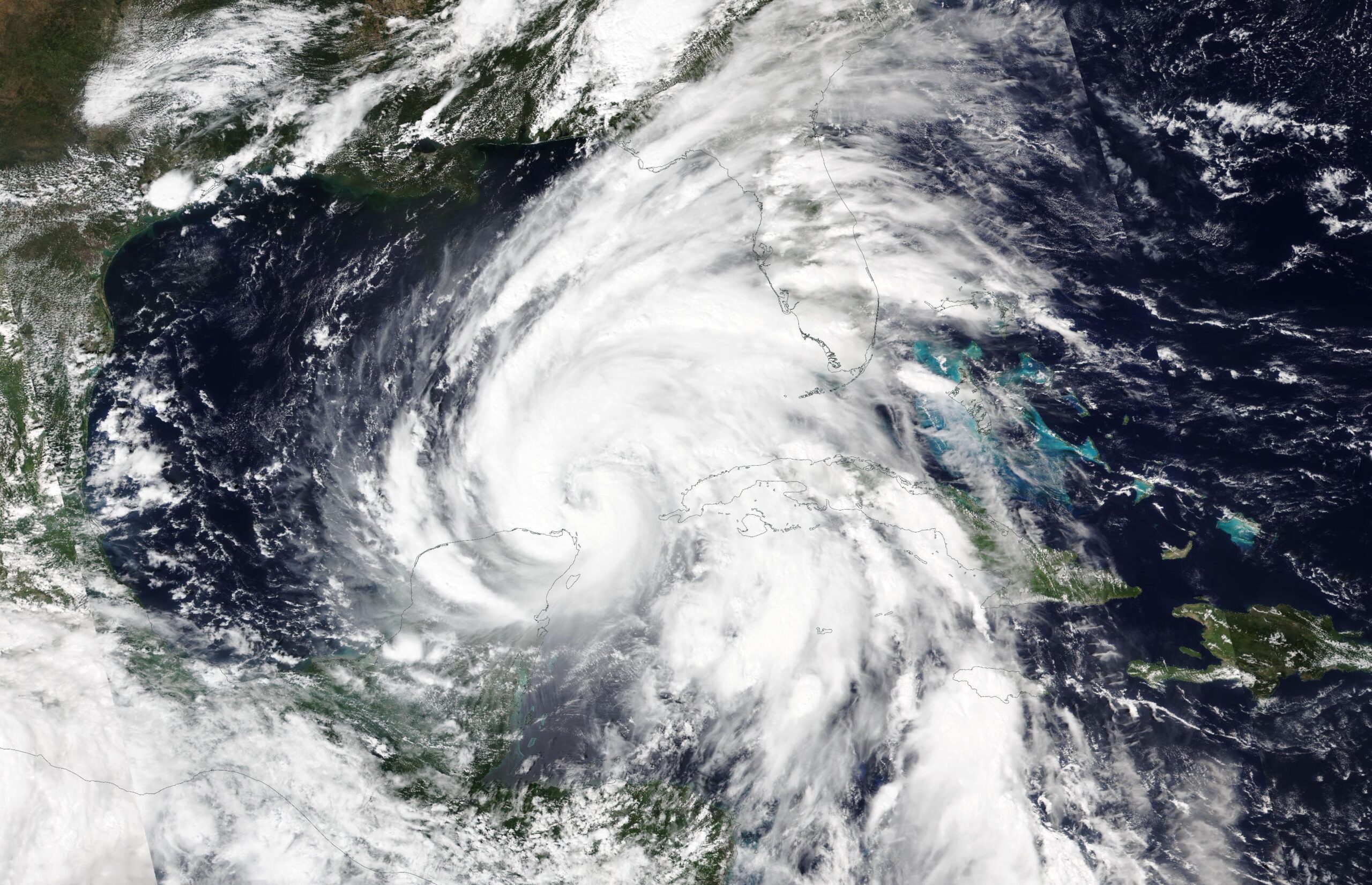Update (6:30 p.m. ET): Hurricane Helene upgraded to Category 4 storm with 130 mph sustained winds ahead of landfall.
As Hurricane Helene barrels towards the Florida Big Bend, residents brace for what could be one of the most devastating storms to hit the region in decades.
The National Hurricane Center reports that Helene, now a Category 4 hurricane with maximum sustained winds of 130 mph, is expected to make landfall as a major hurricane Thursday evening.
“The main message is that Helene will likely make landfall as a large major hurricane in the Florida Big Bend this evening, and all preparations in the hurricane warning area should be rushed to completion,” warned meteorologists at the National Hurricane Center.
Massive Size
The hurricane’s massive size sets it apart from recent storms. With hurricane-force winds extending 60 miles from its center and tropical-storm-force winds reaching out 310 miles, Helene’s impact will be felt far beyond its immediate landfall location. The National Oceanic and Atmospheric Administration on Wednesday issued a rare press release sounding the alarm on the potential for catastrophic inland flooding that could continue long after landfall.
Catastrophic Storm Surge
Authorities are particularly concerned about the potential for catastrophic storm surge. “Inundation could reach as high as 20 feet above ground level, along with destructive waves,” stated the National Hurricane Center, emphasizing the life-threatening nature of the surge.
As Helene approaches, its effects are already being felt. Tropical-storm-force winds have been reported in parts of South Florida and the Florida Keys. The storm is expected to maintain its strength as it moves inland, with damaging winds penetrating well into the southeastern United States, including the higher terrain of the southern Appalachians.
Ports Closed
In response to the imminent threat, the Coast Guard has established an Area Command Post in Miami and implemented stringent port conditions along the Gulf Coast. Ports in Tampa, St. Petersburg, Manatee, and Ft. Myers have been ordered to cease all vessel movements and waterfront operations.
As Helene continues its path, officials warn of potential catastrophic flash flooding and landslides across the southern Appalachians through Friday. Residents in affected areas are urged to follow evacuation orders and take all necessary precautions to protect life and property.
Below is some video taken from the eyewall of Hurricane Helene by a SAILDRONE unmanned surface vehicle:
Offshore Energy Impact
The Bureau of Safety and Environmental Enforcement (BSEE) has activated its Hurricane Response Team to monitor and coordinate with offshore oil and gas operators in the Gulf of Mexico as they evacuate platforms and rigs due to an approaching hurricane.
As of 11:30 a.m. CDT, personnel have been evacuated from 27 production platforms, which is 7.28% of the 371 manned platforms in the Gulf, as well as from one non-dynamically positioned (DP) rig, representing 20% of the five such rigs operating in the region. Additionally, three DP rigs have moved off-location as a precaution, making up 14.3% of the 21 DP rigs in operation. These rigs are able to move away from the storm’s path quickly due to their use of thrusters and propellers, unlike other types of drilling facilities.
As part of the evacuation, operators activate shut-in procedures, closing safety valves beneath the ocean floor to prevent the release of oil or gas and protect the environment. Currently, BSEE estimates that 25.25% of oil production and 19.81% of natural gas production in the Gulf of Mexico has been shut in, with these figures based on daily reports from offshore operators.
The coming hours will be crucial as Hurricane Helene makes its final approach. Stay tuned for updates on this developing situation.

 Join The Club
Join The Club









